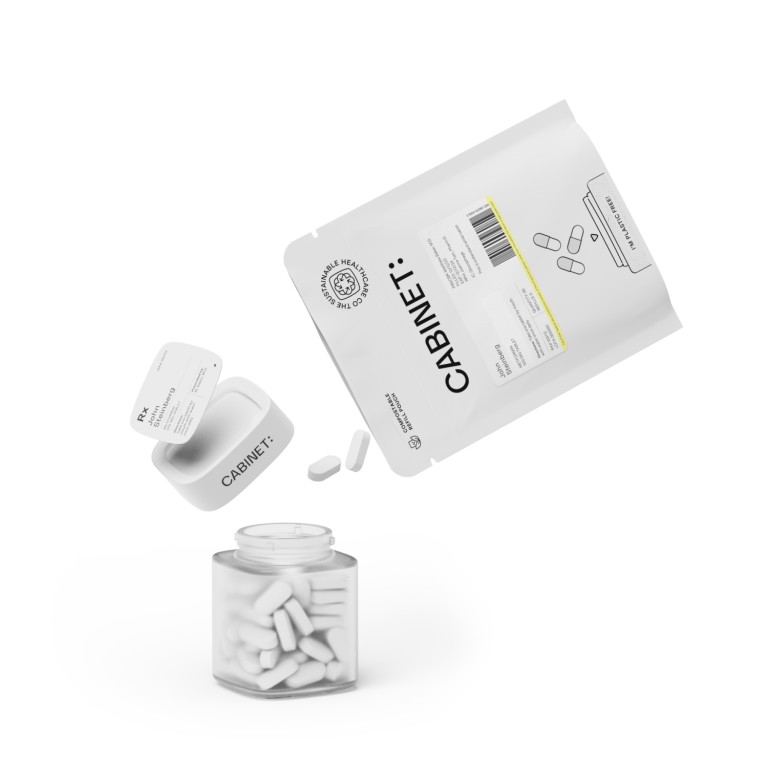Valacyclovir is a medication commonly prescribed for the treatment of various viral infections, including genital herpes, cold sores, and shingles. It belongs to a class of drugs called antivirals, which work by stopping the growth and spread of the virus in the body. To ensure its effectiveness, it is crucial to understand and follow the correct valacyclovir dosage. This comprehensive guide will provide you with valuable information on using valacyclovir safely and effectively.
Understanding Valacyclovir
What is Valacyclovir?
Valacyclovir is the generic name for a prescription medication that is available under various brand names. It is an antiviral drug used primarily for the treatment of herpes infections. Herpes is a common viral infection that causes painful sores and blisters on the skin and mucous membranes. Valacyclovir is an oral medication that comes in tablet form, and it is most effective when taken within 48 hours of the onset of symptoms.
Herpes infections are caused by the herpes simplex virus (HSV), which can be categorized into two types: HSV-1 and HSV-2. HSV-1 is typically associated with oral herpes, which causes cold sores around the mouth and can be transmitted through kissing or sharing utensils. HSV-2 is usually responsible for genital herpes, which causes sores on or around the genitals and is primarily transmitted through sexual contact.
Valacyclovir is not a cure for herpes, but it can help manage the symptoms and reduce the frequency and severity of outbreaks. It is also used for the prevention of recurrent genital herpes in individuals with a history of frequent outbreaks.
How Does Valacyclovir Work?
Valacyclovir works by preventing the virus from replicating in the body. Once ingested, it is converted into its active form, known as acyclovir. Acyclovir then works by blocking the action of an enzyme that the virus needs to replicate, thus inhibiting its ability to spread and cause further infection.
When the herpes virus infects a person, it enters the body's cells and takes over the cellular machinery to reproduce itself. Acyclovir disrupts this process by interfering with the viral DNA synthesis. It selectively targets the infected cells, leaving the healthy cells unharmed.
By suppressing viral replication, valacyclovir helps to reduce the severity and duration of symptoms associated with viral infections. It can help alleviate the pain, itching, and discomfort caused by herpes sores, allowing individuals to recover more quickly and resume their daily activities.
In addition to treating herpes infections, valacyclovir is also used for the management of other viral conditions, such as shingles (herpes zoster) and chickenpox (varicella-zoster). Shingles is a painful rash that occurs as a result of reactivation of the varicella-zoster virus, the same virus that causes chickenpox. Valacyclovir can help reduce the duration and intensity of shingles symptoms, including the characteristic rash and nerve pain.
Valacyclovir is generally well-tolerated, but like any medication, it may cause side effects in some individuals. Common side effects include headache, nausea, vomiting, and diarrhea. Rarely, more serious side effects such as allergic reactions and kidney problems may occur. It is important to follow the prescribed dosage and consult a healthcare professional if any concerning symptoms arise.
It is worth noting that valacyclovir is not effective against other types of viral infections, such as the common cold or flu. It specifically targets the herpes virus and related infections.
In conclusion, valacyclovir is a valuable medication for the treatment and management of herpes infections. It works by inhibiting viral replication, reducing the severity and duration of symptoms. By understanding how valacyclovir works, individuals can make informed decisions about their treatment options and work towards managing their condition effectively.
The Importance of Correct Dosage
Risks of Overdose
While valacyclovir is generally safe when taken as directed, an overdose can have serious consequences. Taking more than the prescribed dosage can increase the risk of side effects and may even lead to toxicity. Symptoms of overdose may include nausea, vomiting, headache, confusion, and seizures. If you suspect an overdose, seek medical attention immediately.
Risks of Underdose
On the other hand, taking less than the prescribed dosage of valacyclovir may reduce its effectiveness in treating the viral infection. This can prolong the duration of symptoms and potentially lead to the development of drug-resistant strains of the virus. It is important to consistently follow the prescribed dosage to ensure optimal treatment outcomes.
Determining the Right Dosage
Factors Influencing Dosage
The appropriate valacyclovir dosage can vary depending on several factors, such as the type and severity of the infection, your age, overall health, and whether you have any kidney or liver problems. Your healthcare provider will take these factors into consideration when determining the most appropriate dosage for you. It is essential to be honest and provide accurate information about your medical history to ensure safe and effective treatment.
Adjusting Dosage Over Time
Your healthcare provider may adjust your valacyclovir dosage over time based on your response to treatment. It is important to keep your healthcare provider informed about any changes in your symptoms or overall health, as they may need to modify your dosage accordingly. Even if your symptoms improve, it is crucial to complete the full course of medication as prescribed to prevent the recurrence of the infection.
How to Take Valacyclovir
Instructions for Use
Valacyclovir is typically taken orally, with or without food. It is crucial to follow the instructions provided by your healthcare provider or the medication label. It is generally recommended to drink plenty of fluids while taking valacyclovir to minimize the risk of side effects and assist in the elimination of the drug from your body. Additionally, do not crush, chew, or break the tablets, as they are formulated to release the medication slowly.
What to Do if a Dose is Missed
If you miss a dose of valacyclovir, take it as soon as you remember. However, if it is almost time for your next dose, skip the missed dose and resume your regular dosing schedule. Do not take a double dose to make up for a missed one. It is important to maintain a consistent dosing regimen to ensure the effectiveness of the medication.
Potential Side Effects of Valacyclovir
Common Side Effects
Valacyclovir is generally well-tolerated, but like any medication, it can cause side effects in some individuals. Common side effects may include headache, nausea, stomach pain, and dizziness. These side effects are usually mild and temporary, resolving on their own without the need for medical intervention.
Serious Side Effects
While rare, valacyclovir can occasionally cause more serious side effects. You should seek immediate medical attention if you experience signs of an allergic reaction, such as hives, rash, itching, difficulty breathing, or swelling of the face, lips, tongue, or throat. Additionally, notify your healthcare provider if you experience any unusual, persistent, or severe side effects that concern you.
By understanding valacyclovir and following the correct dosage, you can effectively manage viral infections. However, always consult with your healthcare provider before starting any new medication.
Remember, Cabinet Health is your trusted online pharmacy, providing convenient access to a wide range of prescription medications. Visit our website today to learn more and order your medications with ease and confidence.








